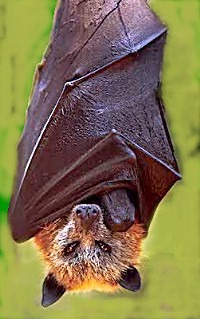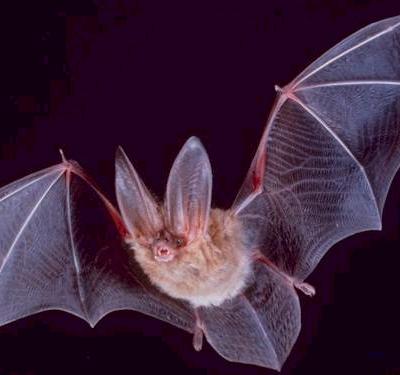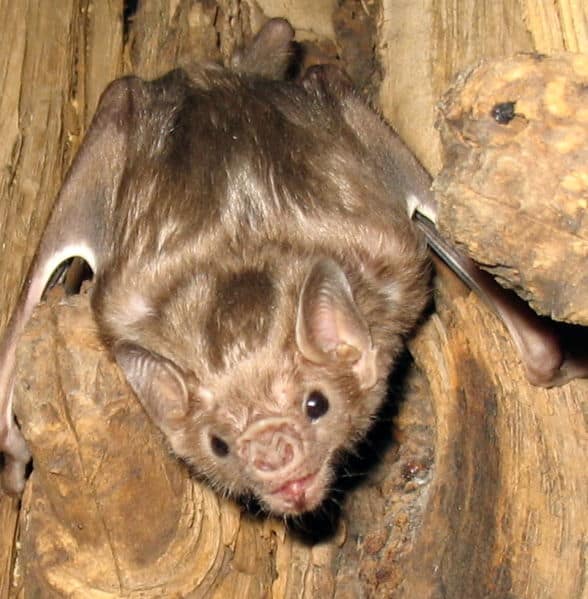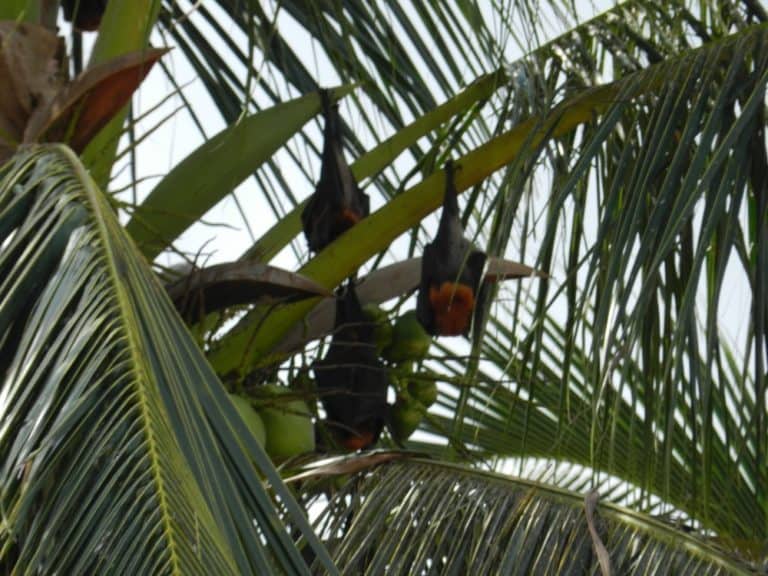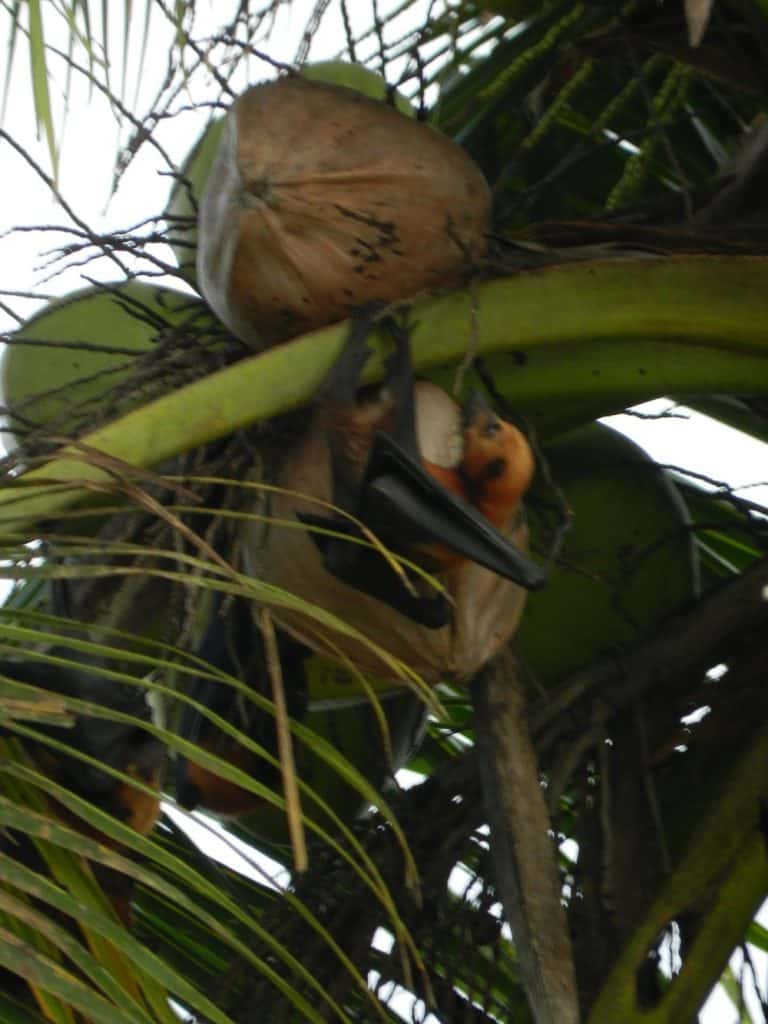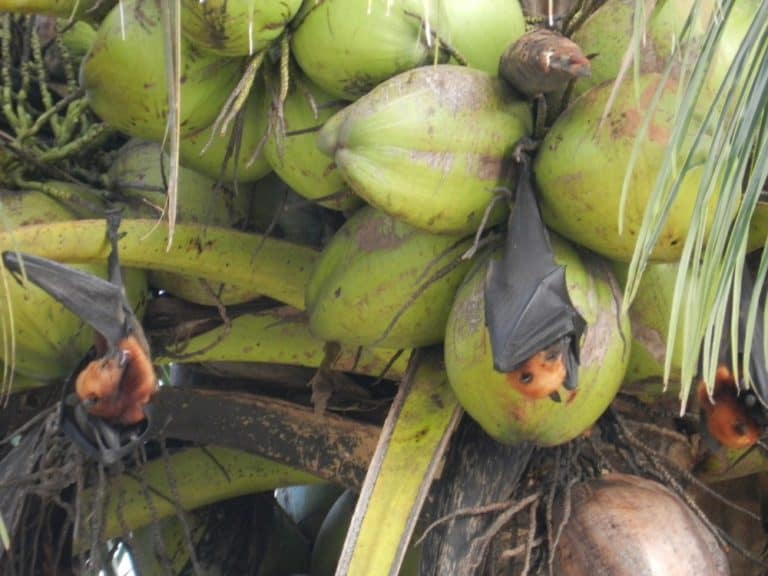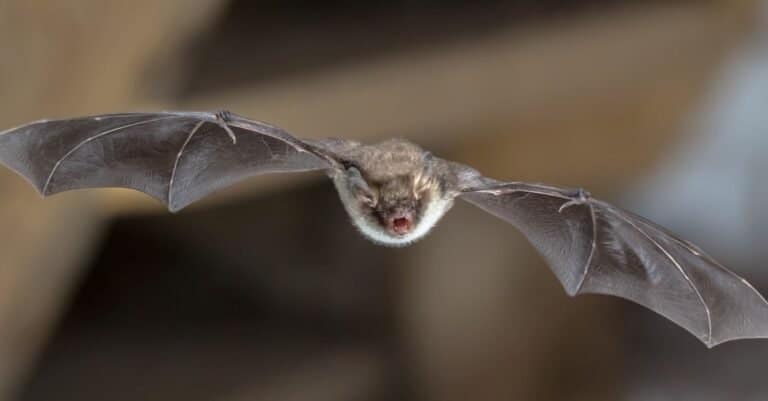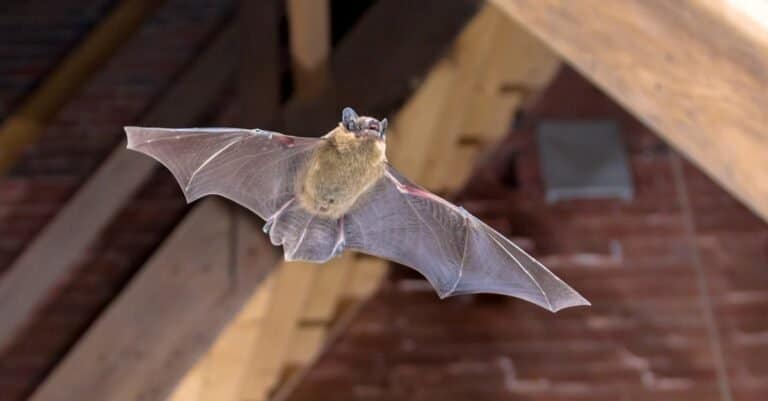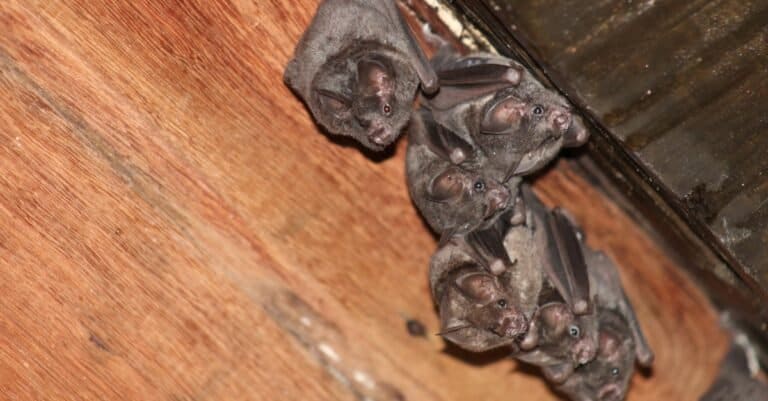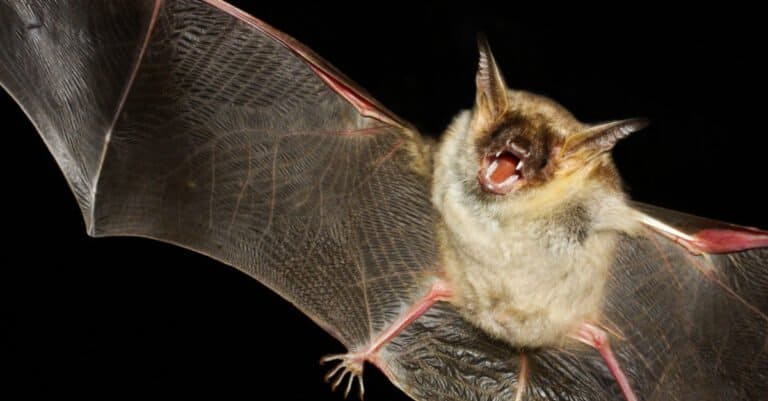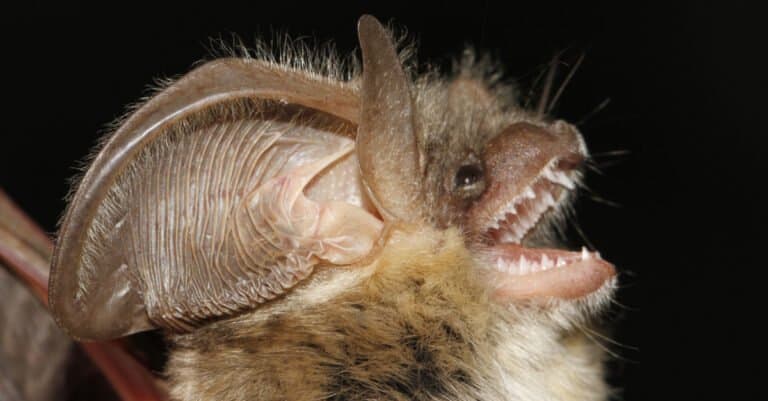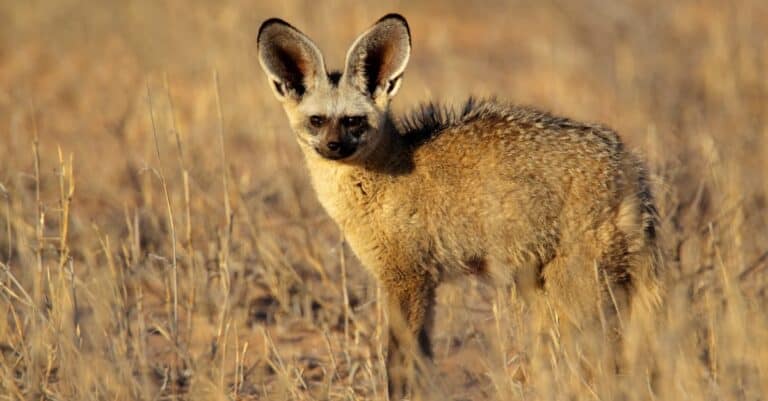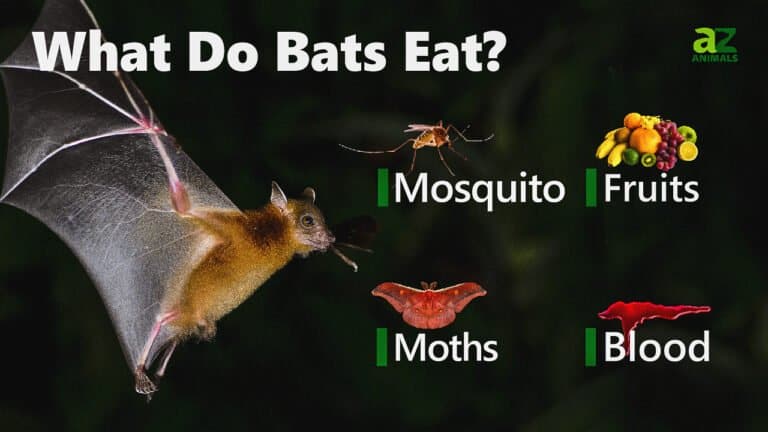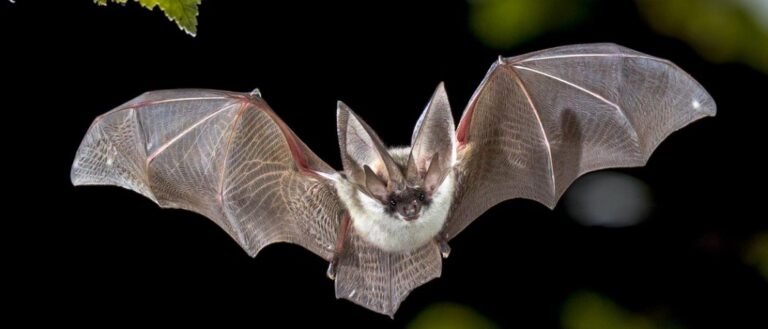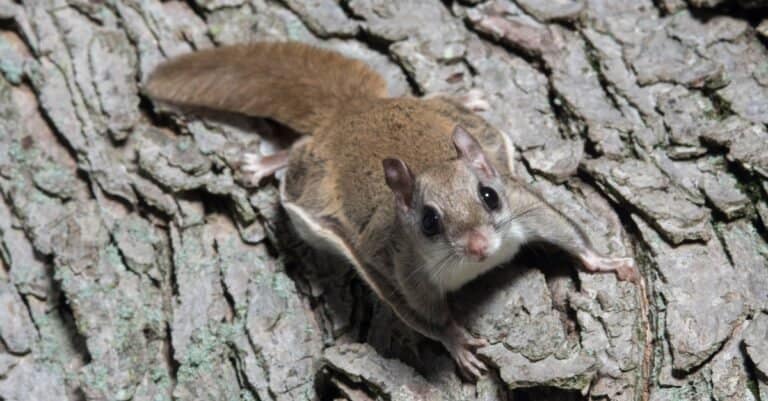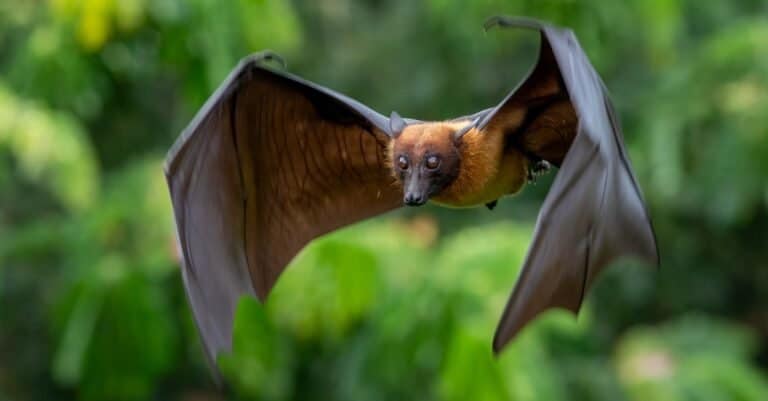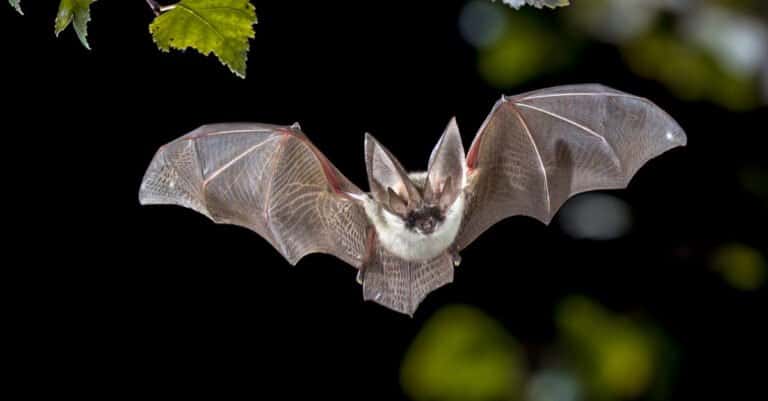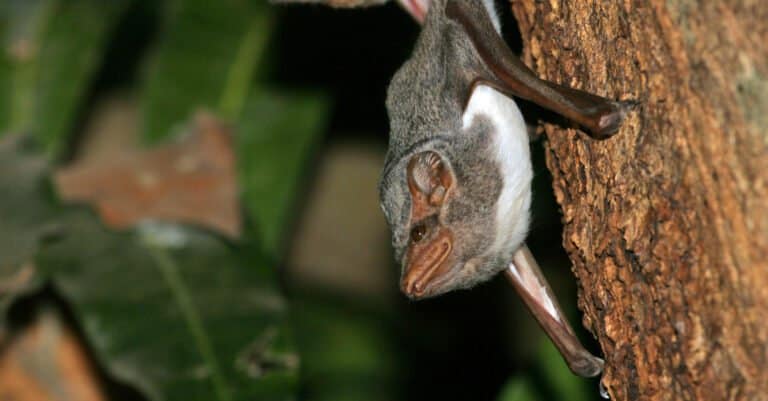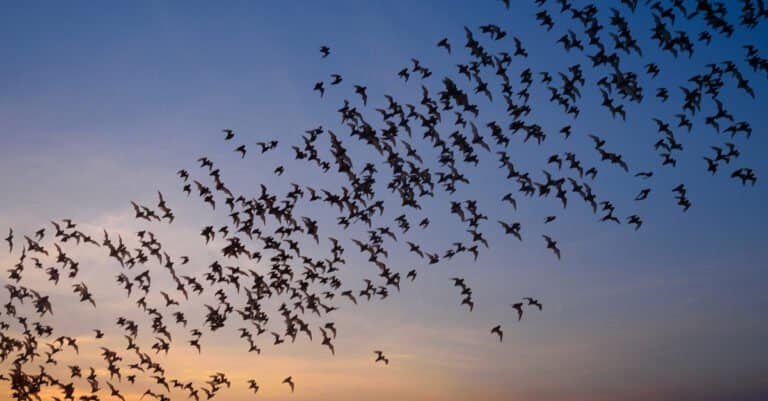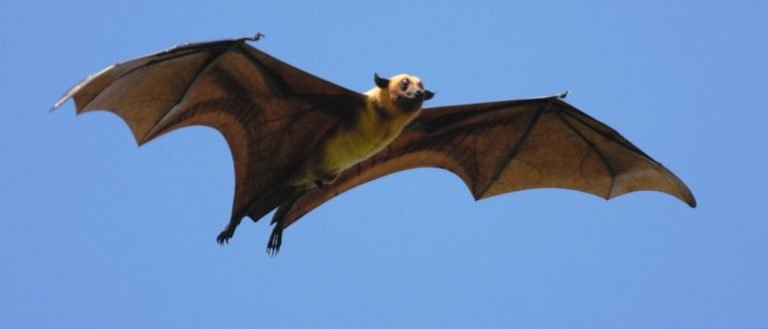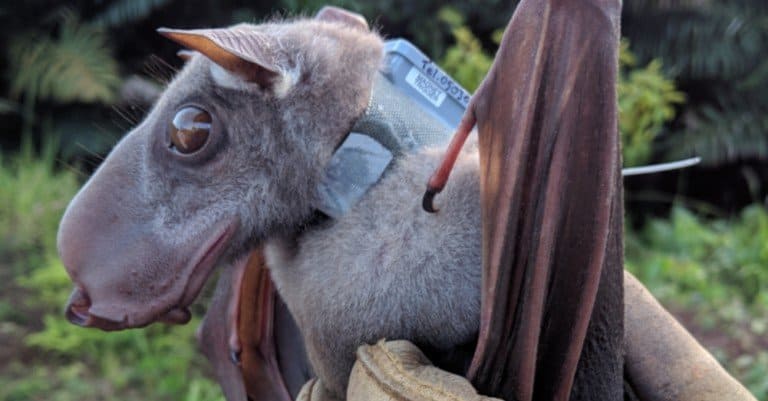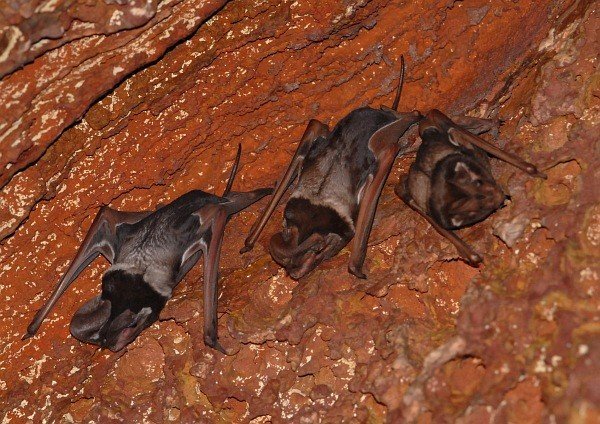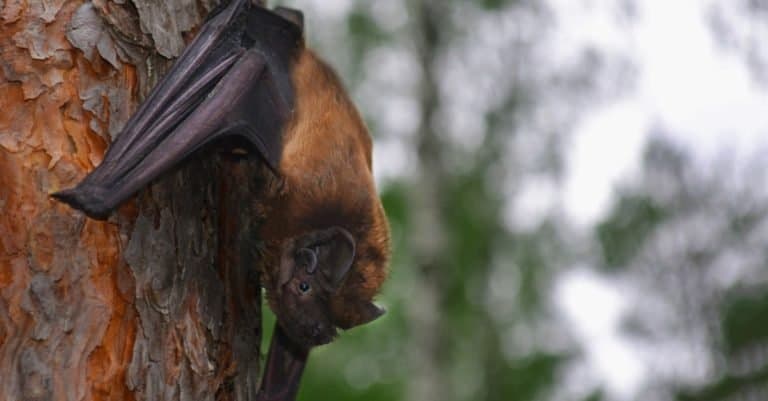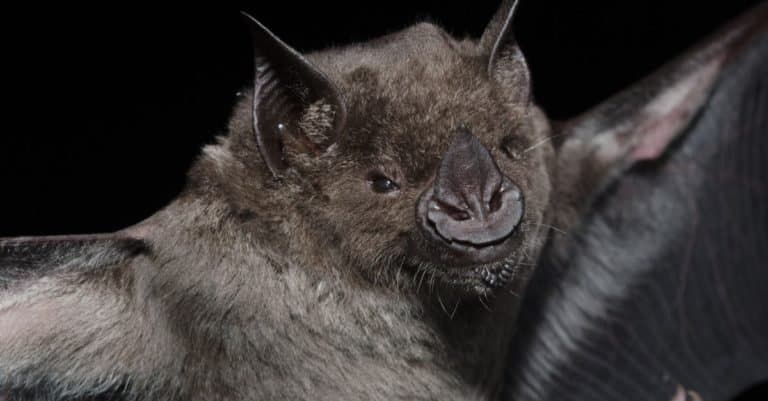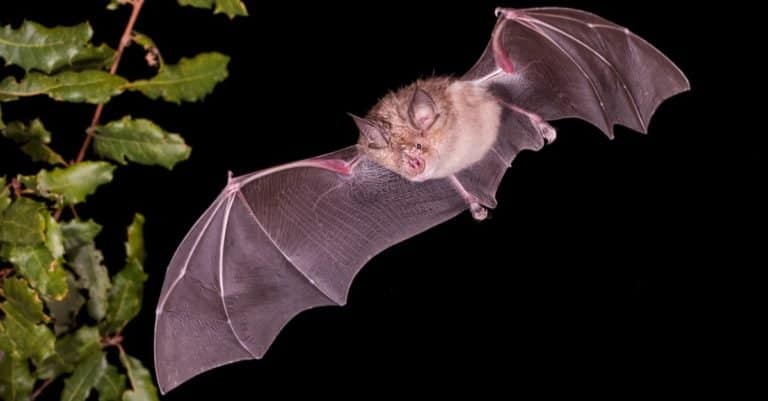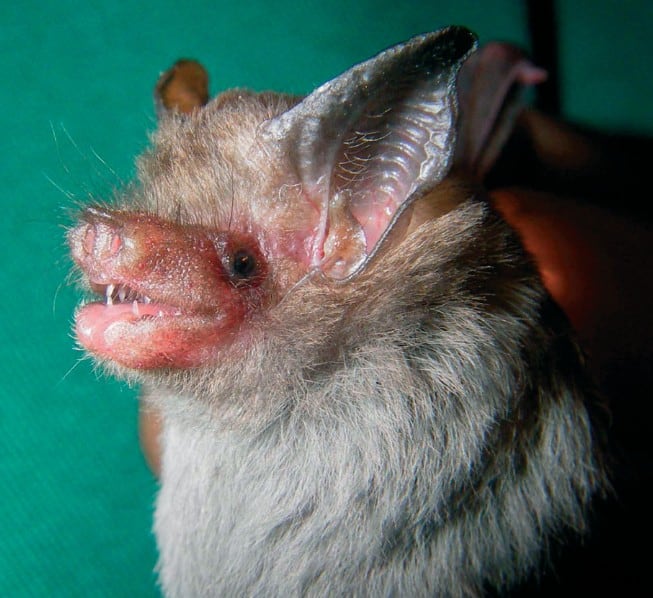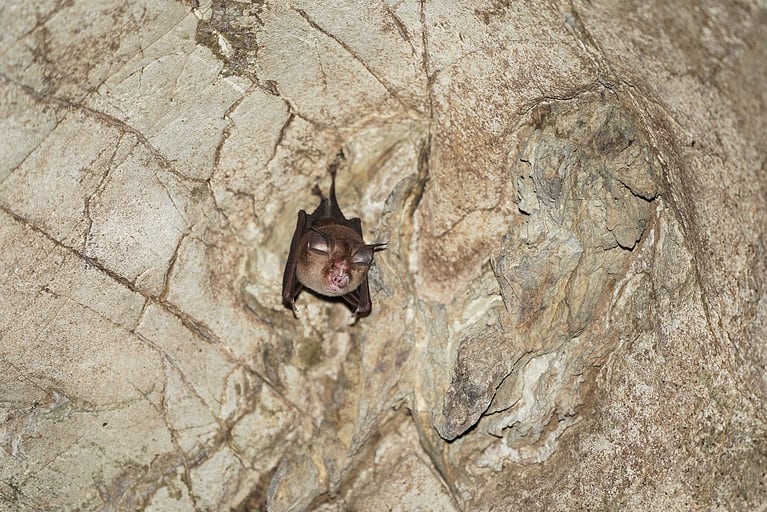Advertisement
Latorilla - License Information.
Golden crowned fruit bat (Acerodon jubatus)
Geanixx - License Information.
Big-eared-townsend Bat
Gerald Carter - License Information.
White-winged vampire bat (Diaemus youngi)
Millie Bond - Copyright A-Z Animals
Bats in a palm tree in Kampung Juara, Pulau Tioman
Millie Bond - Copyright A-Z Animals
Bats in a palm tree in Kampung Juara, Pulau Tioman
Millie Bond - Copyright A-Z Animals
Bats in a palm tree in Kampung Juara, Pulau Tioman
Flying Pipistrelle bat (Pipistrellus pipistrellus) in the wooden attic of a city church. This species is known for roosting and living in urban areas in Europe and Asia.
Bats roosting in the attic of an abandoned house. Bats can easily get into a house through open spaces.
Bat-eared foxes use their large ears to regulate their body temperature.
Are Bats Mammals
A flying squirrel clings to the side of a tree near a corn feeder on a summer night in eastern Illinois
A flying squirrel clings to the side of a tree near a corn feeder on a summer night in eastern Illinois.
Bat flying in the natural forest , Lyle's flying fox Bat flying in the natural forest , Lyle's flying fox
Lyle's flying fox flying in the forest. Bats are the only mammals that can fly in a sustained fashion.
Bats use echolocation to hunt their prey.
Mauritian tomb bat (Taphozous mauritianus) resting on a tree in Africa.
Mauritian tomb bats can help control pest populations, including insects that carry human diseases.
Their animal group goes by many different names, but bats travel in a colony, cloud, cauldron or camp.
Perhaps the most widespread of all flying animals in terms of location, bats can be found worldwide.
Largest Bats Indian Flying Fox at Tissamaharama, Sri Lanka
Largest Bats
By Sarah H. Olson ,Gerard Bounga,Alain Ondzie,Trent Bushmaker,Stephanie N. Seifert,Eeva Kuisma,Dylan W. Taylor,Vincent J. Munster,Chris Walzer - https://journals.plos.org/plosone/article?id=10.1371/journal.pone.0223139, CC0, https://commons.wikimedia.org/w/index.php?curid=91032772 An adult male hammer-headed bat (Hypsignathus monstrosus) viewed in profile. The bat has been fitted with a solar-powered GPS collar Sarah H. Olson, Gerard Bounga, Alain Ondzie, Trent Bushmaker, Stephanie N. Seifert, Eeva Kuisma, Dylan W. Taylor, Vincent J. Munster, Chris Walzer / CC0 1.0 https://commons.wikimedia.org/w/index.php?curid=91032772 https://creativecommons.org/publicdomain/zero/1.0/deed.en
The hammer-headed bat (Hypsignathus monstrosus), is also known as hammer-headed fruit bat or big-lipped bat.
By Kalyanvarma - Own work, CC BY-SA 3.0, https://commons.wikimedia.org/w/index.php?curid=5646340 Wroughton's Free-tailed Bat photographed from North Karnataka Kalyanvarma / CC BY-SA 3.0 https://commons.wikimedia.org/wiki/File:Otomops_wroughtoni.jpg https://creativecommons.org/licenses/by-sa/3.0/deed.en
Wroughton's Free-tailed Bat was considered to be one of the 15 most critically endangered bat species until the two new colonies were discovered.
Largest Bats: Greater Noctule Bat
Greater Noctule Bat is one of the few bat species to feed on passerine birds.
Largest Bats: Greater Spear-nosed Bat A Brazilian Bat, the greater spear-nosed bat (Phyllostomus hastatus) is a bat species of the family Phyllostomidae from South America. It is one of the larger bats of this region and is omnivorous.
Greater Spear-nosed bats roost together in caves or tree hollows, sometimes forming colonies of several 1000 individuals.
Largest Bats: Greater Horseshoe Bat
The Greater Horseshoe Bat can be easily identified by the flap of horseshoe shaped skin around its nostrils.

